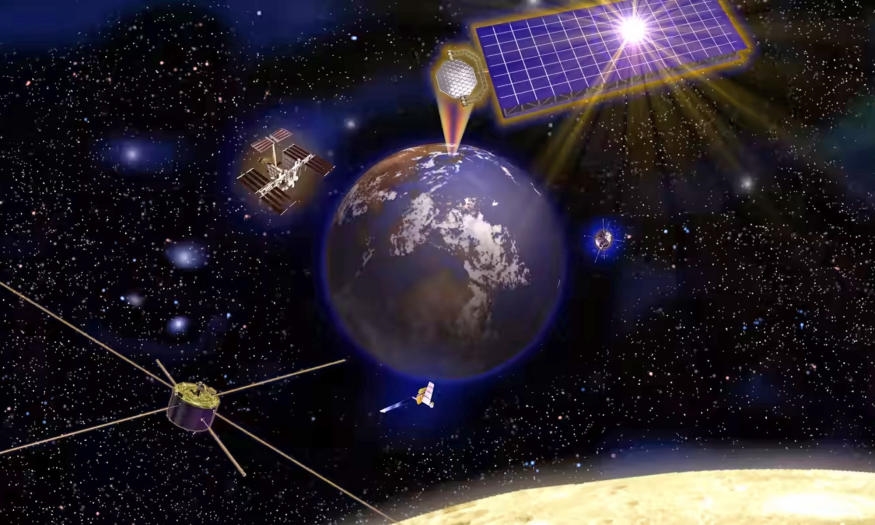Japan will try to beam solar power from space by 2025
Japan and JAXA, the country’s space administration, have spent decades trying to make it possible to beam solar energy from space. In 2015, the nation made a breakthrough when JAXA scientists successfully beamed 1.8 kilowatts of power, enough energy to power an electric kettle, more than 50 meters to a wireless receiver. Now, Japan is poised to bring the technology one step closer to reality.
Nikkei reports a Japanese public-private partnership will attempt to beam solar energy from space as early as 2025. The project, led by Naoki Shinohara, a Kyoto University professor who has been working on space-based solar energy since 2009, will attempt to deploy a series of small satellites in orbit. Those will then try to beam the solar energy the arrays collect to ground-based receiving stations hundreds of miles away.
Using orbital solar panels and microwaves to send energy to Earth was first proposed in 1968. Since then, a few countries, including China and the US, have spent time and money pursuing the idea. The technology is appealing because orbital solar arrays represent a potentially unlimited renewable energy supply. In space, solar panels can collect energy no matter the time of day, and by using microwaves to beam the power they produce, clouds aren’t a concern either. However, even if Japan successfully deploys a set of orbital solar arrays, the tech would still be closer to science fiction than fact. That’s because producing an array that can generate 1 gigawatt of power – or about the output of one nuclear reactor – would cost about $7 billion with currently available technologies.

(14)
